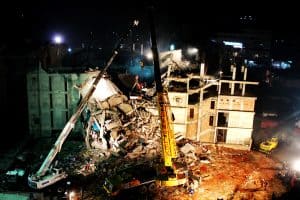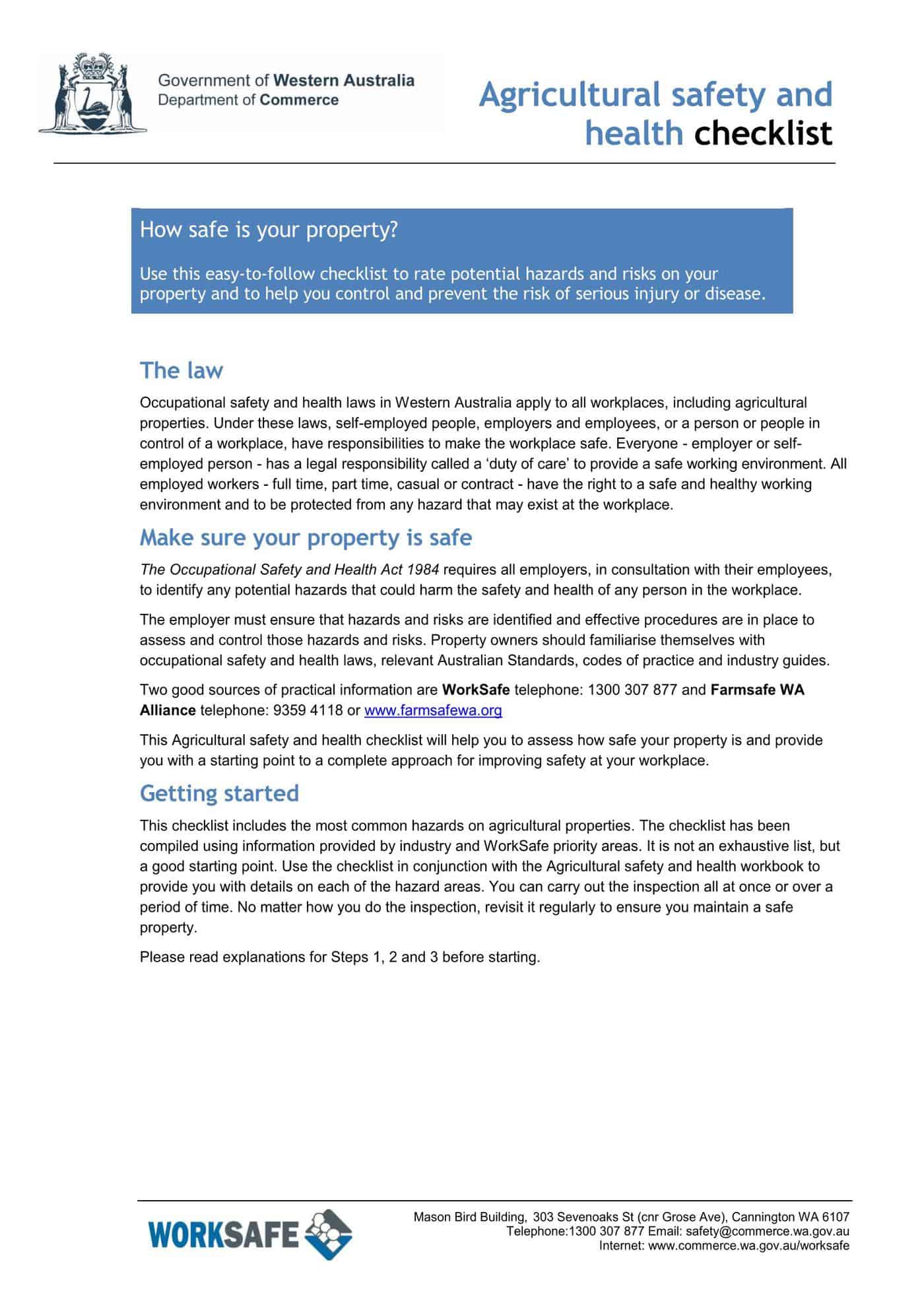 Last week Australia benefited from a safety roadshow based around screenings of the Deepwater Horizon movie and post-film discussions with Cheryl MacKenzie who was appointed as the lead investigator by the US Chemical Safety Board, and by Peter Wilkinson, an adviser to CSB’s investigation of the BP Deepwater Horizon disaster in the Gulf of Mexico. The seminars were popular with full sessions in some capital cities.
Last week Australia benefited from a safety roadshow based around screenings of the Deepwater Horizon movie and post-film discussions with Cheryl MacKenzie who was appointed as the lead investigator by the US Chemical Safety Board, and by Peter Wilkinson, an adviser to CSB’s investigation of the BP Deepwater Horizon disaster in the Gulf of Mexico. The seminars were popular with full sessions in some capital cities.
The format of such seminars is attractive as the film can be used as an icebreaker and/or the pivot point for discussions. MacKenzie and Wilkinson’s discussion focused on oil and gas safety scenarios but there was enough non-specific information for take-aways.
More such events would be a good idea perhaps using a range of the available safety-related documentaries that are released, almost, ever year such as



 Occupational health and safety (OHS) law in the United States has little impact on that of any countries outside of North America. But the response to those OHS laws by US and multinational companies indicates corporate approaches to workplace safety and this can spread round the world. The anticipated strategy to worker safety under the Presidency of Donald Trump is expected to be harsh, if he attends to it at all.
Occupational health and safety (OHS) law in the United States has little impact on that of any countries outside of North America. But the response to those OHS laws by US and multinational companies indicates corporate approaches to workplace safety and this can spread round the world. The anticipated strategy to worker safety under the Presidency of Donald Trump is expected to be harsh, if he attends to it at all.
